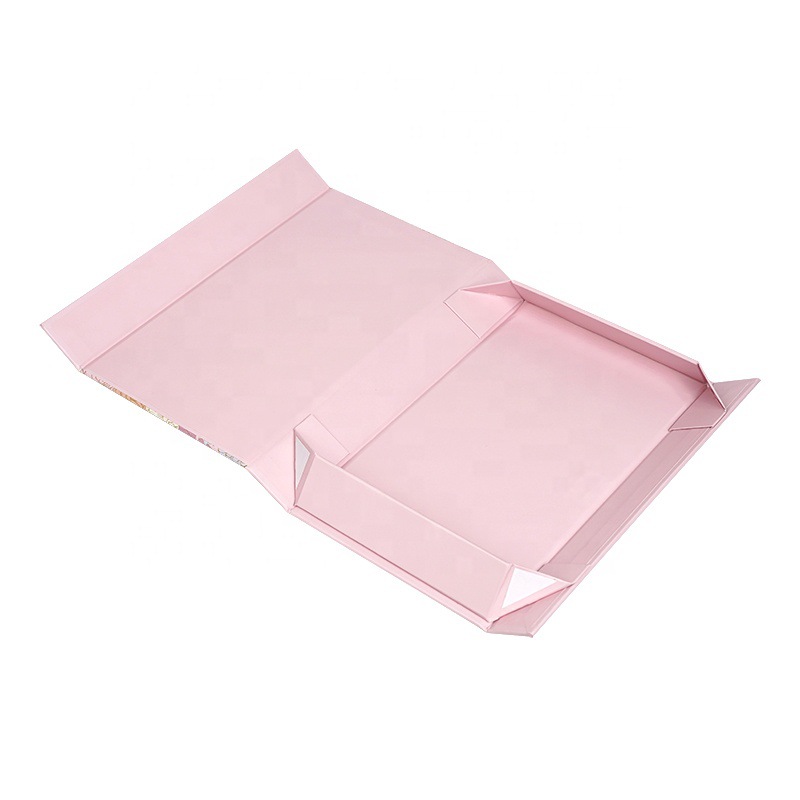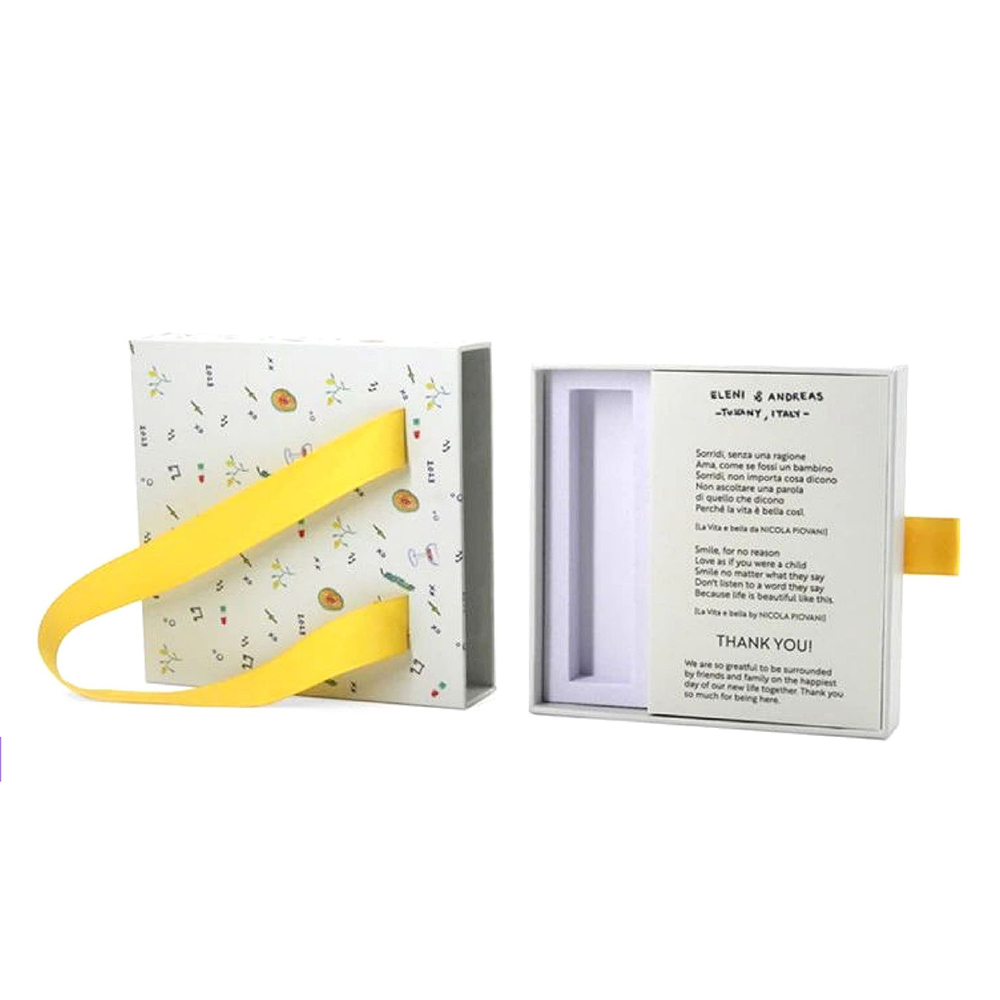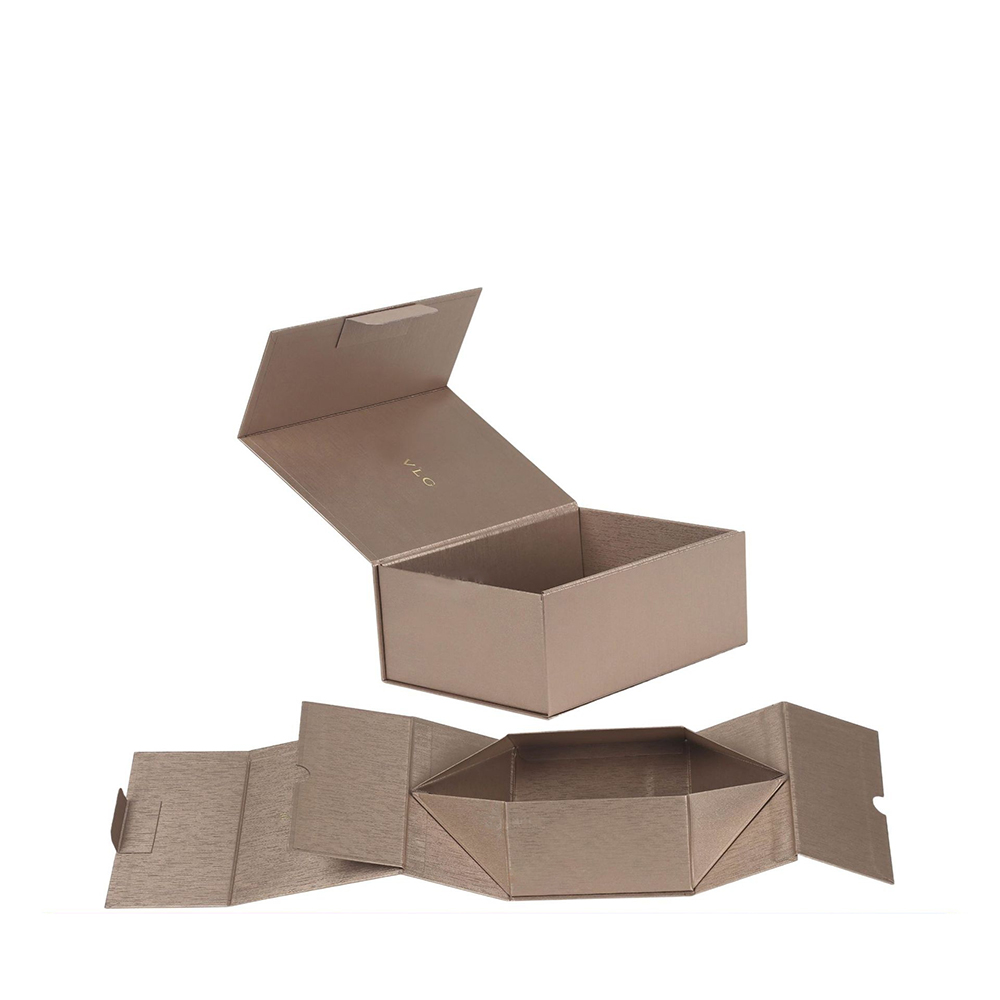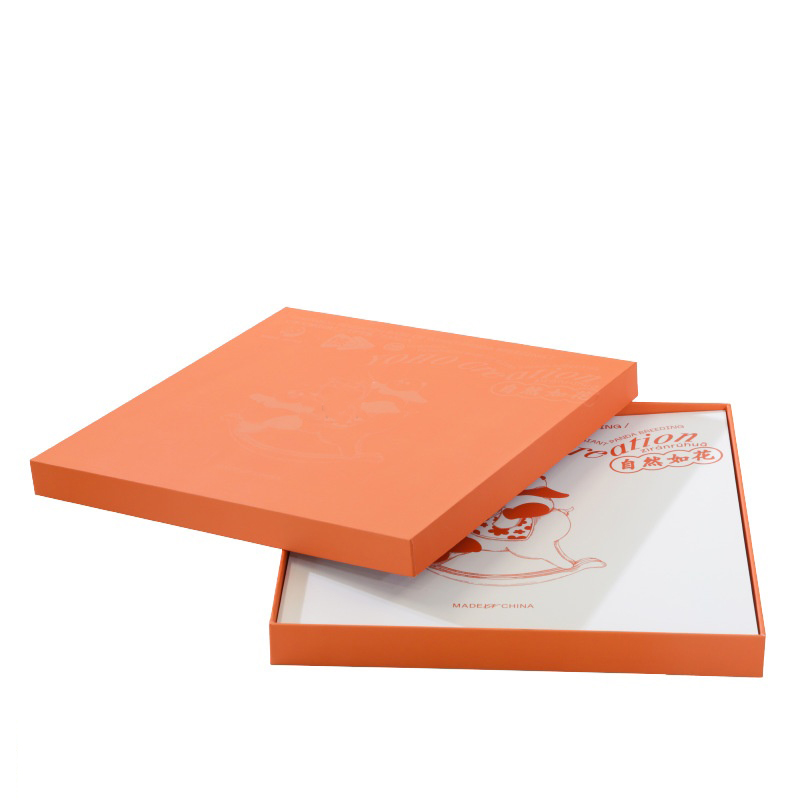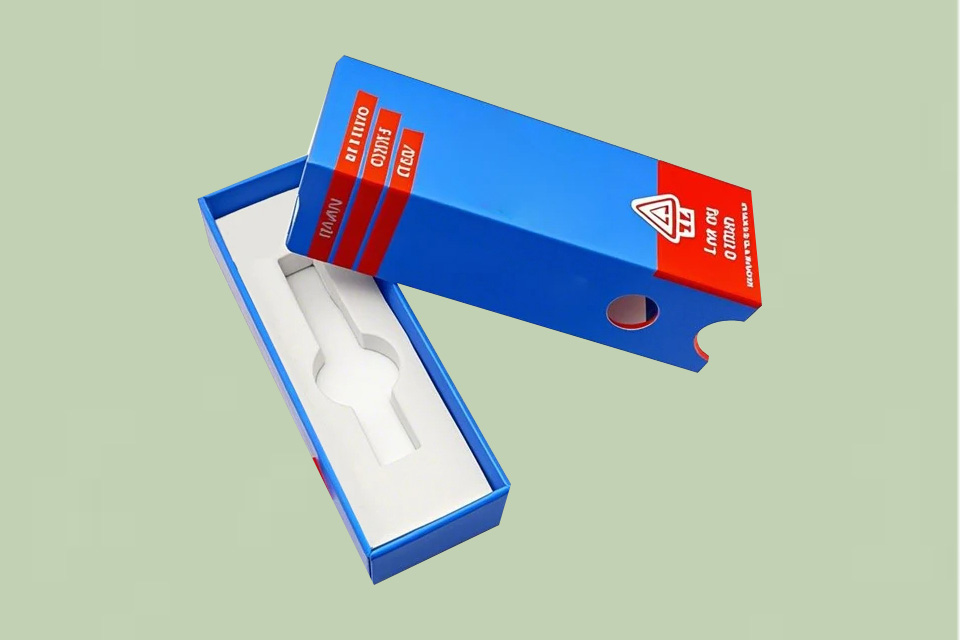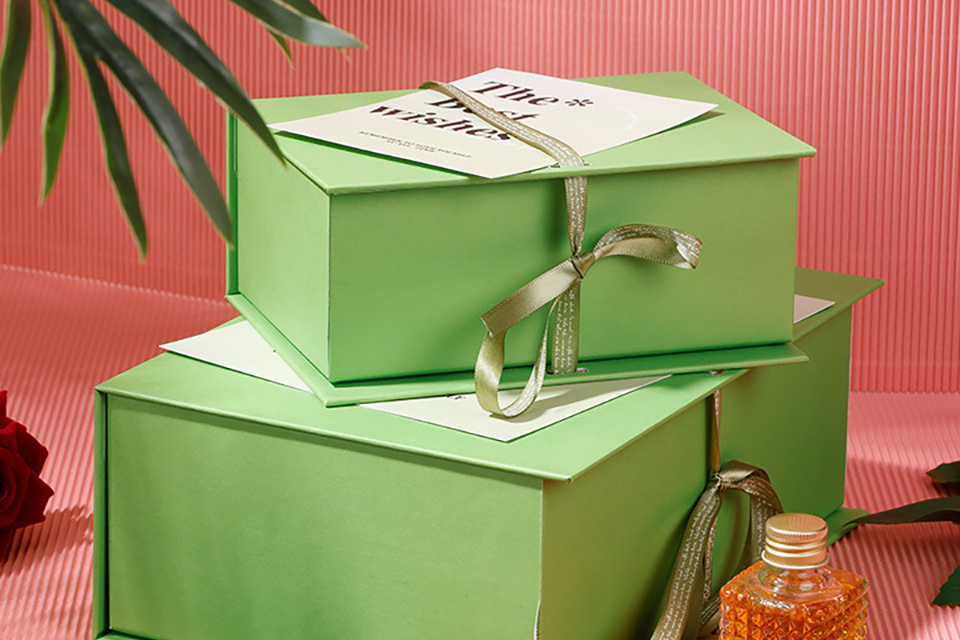Abstract
Every year more than 500 million tonnes of packaging waste is produced globally, with plastic pollution more than 60%. In front of double pressures from environmental crisis and consumer demands, environmentally friendly packaging (including biodegradable packaging box and green packaging box) has become an essential strategic option for businesses. This article analyses the necessity of environmentally friendly packaging from five dimensions: ecological protection, economic value, policy and regulation, technological innovation, and market competitiveness, combining authoritative data and case studies, and proposes a development path for 2025 to provide businesses with actionable transformation solutions.

1. Ecological Value of Environmental Packaging: From Pollution Control to Resource Circulation
- Reducing White Pollution
Traditional plastic packaging takes more than 500 years to disintegrate, while biodegradable materials can break into water and carbon dioxide in just 3-6 months under fertilizer conditions. Plant-based PEF content developed by Dutch company Avenium has been implemented in Coca-Cola bottles, decreasing carbon emissions by 40%. - Efficient Use of Resources
Green packaging boxes utilise renewable materials such as bamboo fibre and recycled paper pulp, saving 17 trees for every tonne of recycled paper. According to data from the Packaging Federation, the market size for recycled paper packaging will reach 82 billion yuan by 2024, with a recycling rate increasing to 68%.
2. Economic Value Reconstruction: Cost Optimisation and Brand Premium
- Long-term Cost Reduction
Although biodegradable packaging boxes have an initial cost that is 30% higher than traditional plastics, through scaled production and technological iteration (such as nanocellulose reinforcement technology), the cost gap is expected to narrow to within 10% by 2025. - Brand Premium and Market Growth
72% of consumers are willing to pay a premium for environmentally friendly packaging. After Starbucks adopted reusable cups, customer repurchase rates increased by 25%, and the brand’s ESG rating climbed to the top three in the industry.
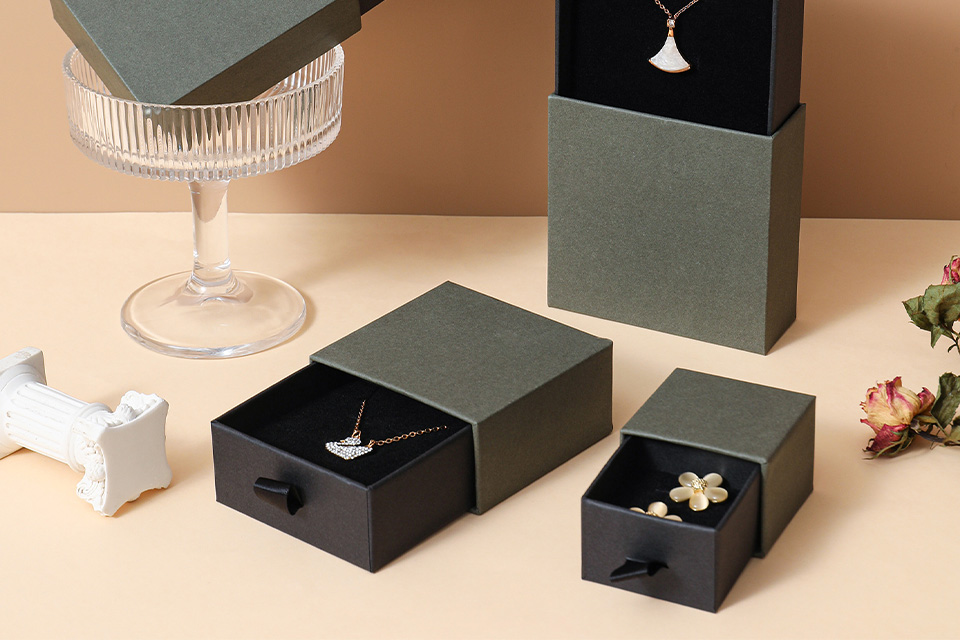
3. Policy and Regulation Drive: Global Compliance Pressure and Incentives
- Mandatory Regulations
European Union’s single-use plastic instructions require abolition of 90% of traditional plastic packaging by 2030, in which criminals face 4% fine on sale. China’s “plastic restriction order” banns non-biodigradeble plastic bags in cities at the province level and up by 2025. - Tax Incentives and Subsidies
Germany offers a 15% corporate tax reduction for companies using biodegradable materials; China provides subsidies of up to 5 million yuan for research and development of green packaging technologies.
4. Breakthroughs in Technological Innovation: From Laboratory to Industrial Application
- Material Revolution
Smart Degradable Materials: Finnish company Paptic has developed washable paper-based packaging that combines the strength of plastic with the degradability of paper, securing orders from IKEA and ZARA.
Nano Coating Technology: Swiss-developed silica nano-coating enhances the waterproof performance of paper boxes by 300%, expanding applications in food cold chain scenarios. - Process Upgrades
3D printing technology enables customised packaging production, reducing material waste by 70%. Dell in the USA has reduced transport damage rates by 45% through the use of mushroom mycelium packaging.
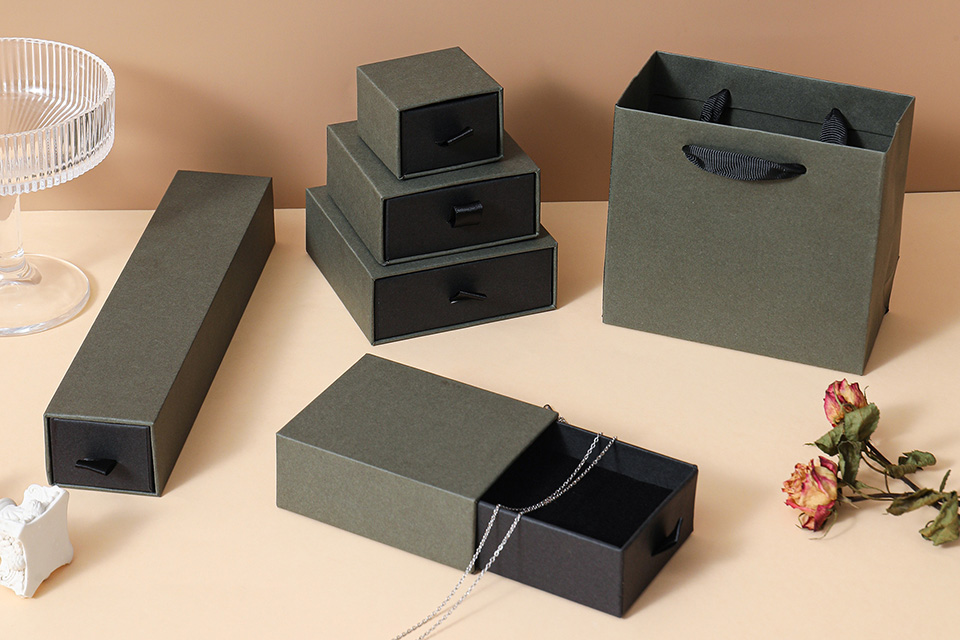
5. Reshaping Market Competitiveness: Consumer Demand and Supply Chain Integration
- Capturing Consumer Mindset
According to a Nielsen survey, 88% of millennials prefer environmentally friendly brands. After Meituan launched biodegradable takeaway boxes, user retention increased by 18%. - Supply Chain Collaboration
Walmart requires its suppliers to use 100% FSC-certified boxes by 2025, driving transformation in 200 upstream companies, resulting in an overall packaging cost reduction of 12%.
Industry Trend: Amazon’s “Climate Pledge” aims for zero carbon packaging by 2040, having invested $2 billion in building a circular economy centre.
6. 2025 Development Path Recommendations
- Three-Step Material Replacement
Short-term (2025): Switch 30% of products to recycled paper boxes
Mid-term (2027): Biodegradable packaging to account for over 50%
Long-term (2030): Widespread adoption of smart packaging - Collaboration between Industry, Academia, and Research
Establish an innovation alliance in the packaging industry, such as the green Packaging Materials Research Institute collaborating with universities to tackle PLA high-temperature resistance technology.
Summary
Eco-friendly packaging has evolved from a “moral choice” to a “business necessity.” Biodegradable and green packaging not only addresses environmental issues but also creates an annual market growth dividend of 15%. Companies need to seize the policy window period and, through technological innovation and ecological collaboration, gain a competitive edge in the supply chain reshuffle of 2025. As stated by the World Economic Forum: “In the next decade, sustainable packaging will reshape global trade rules.”


